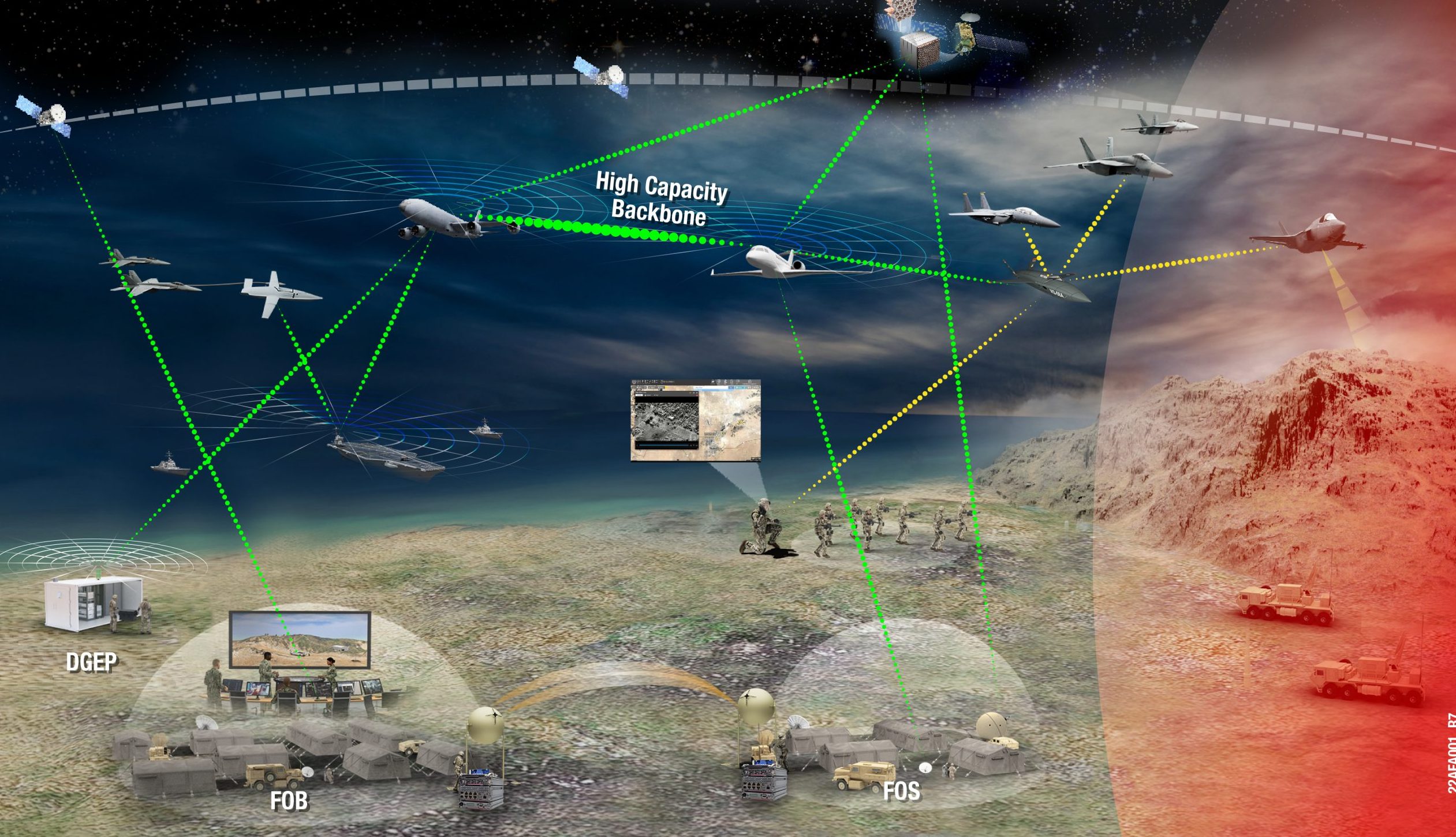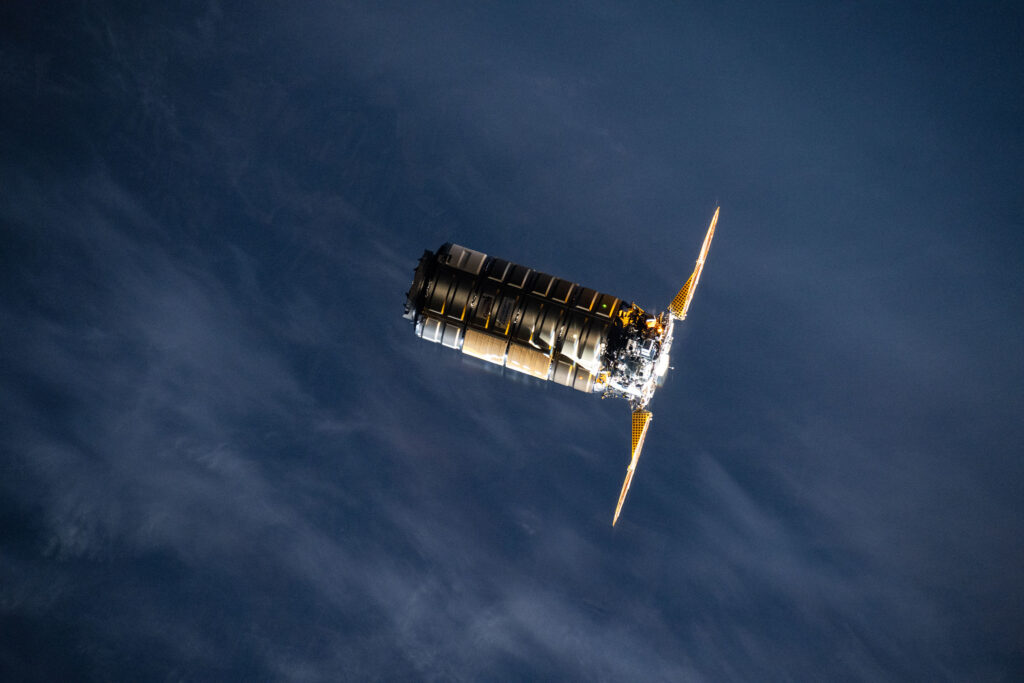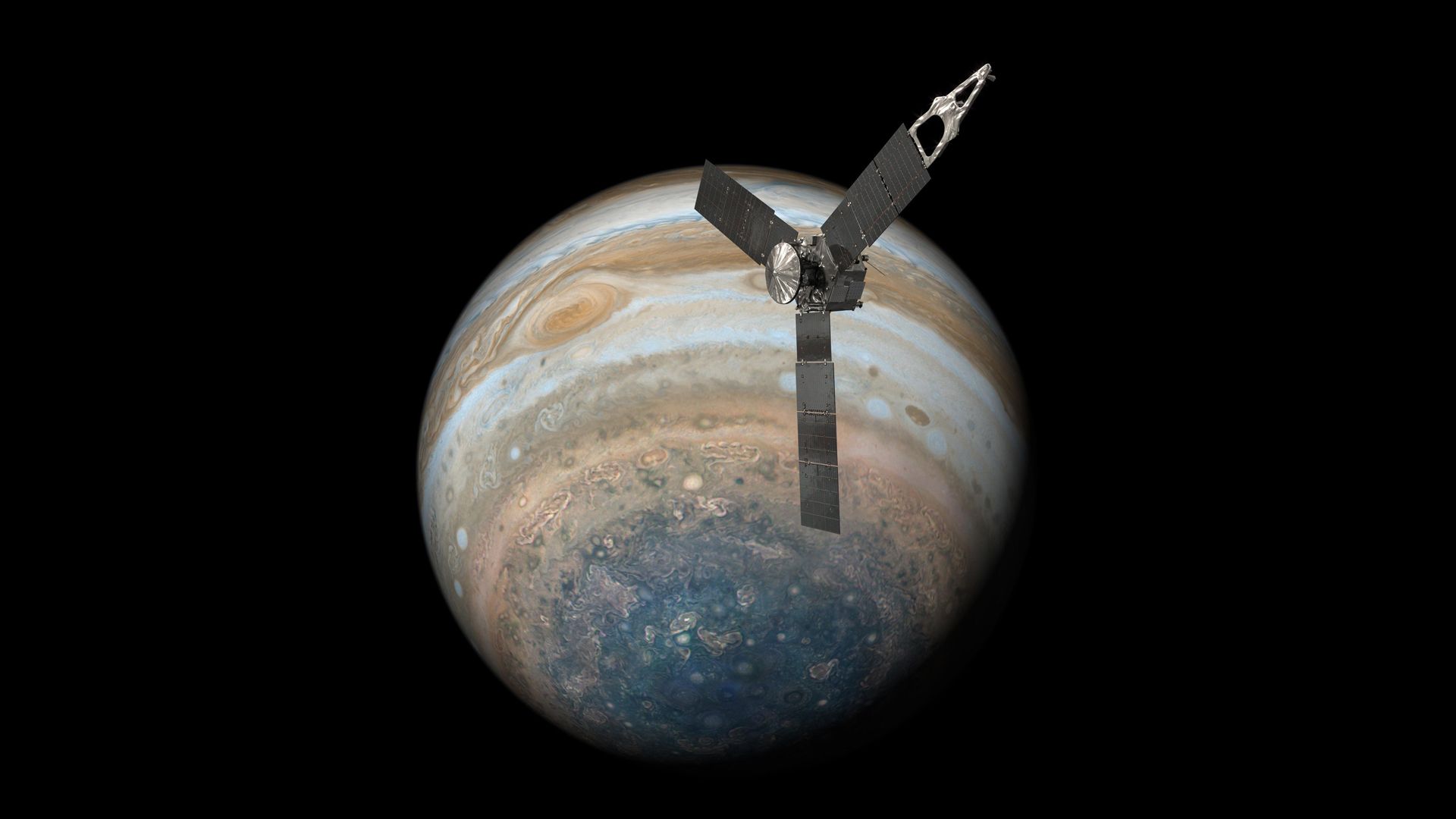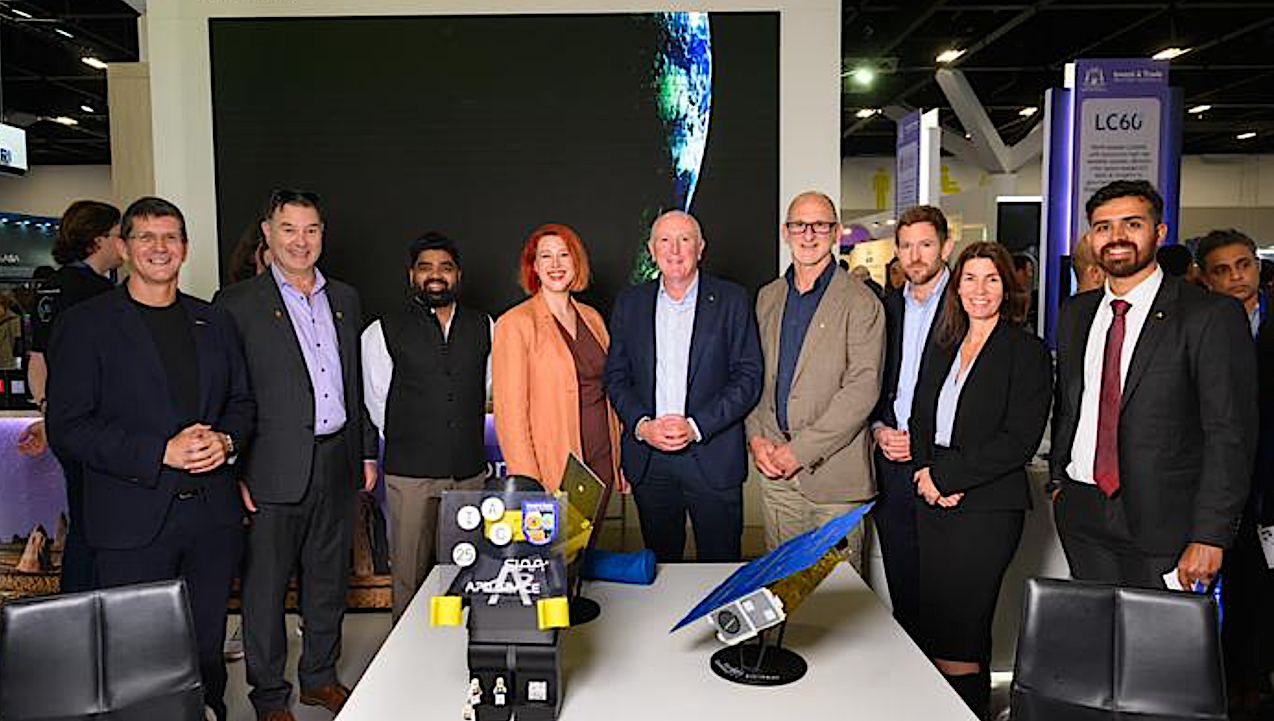Now Reading: Cubic targets military satcom market with ‘Vector’ terminals
-
01
Cubic targets military satcom market with ‘Vector’ terminals
Cubic targets military satcom market with ‘Vector’ terminals


WASHINGTON — Cubic Defense is pursuing military customers for its flat-panel satellite communications terminal designed to operate across multiple orbits and networks.
The San Diego-based military technology contractor developed a family of electronically scanned array satellite terminals with support from the Air Force Research Laboratory’s Information Directorate. The lab last week extended funding for continued development through mid-2027 under a long-running effort known as Halo-Enabled Resilient Mesh.
According to an AFRL contract announcement in 2023, the Halo mesh development deal is valued at $8.8 million. The program, which dates back roughly a decade, focuses on resilient, adaptive networking to support operations in contested environments.
Dan Moran, vice president and general manager for secure communications at Cubic Defense, said the company could not disclose the value of the latest contract option.
The company has rebranded the Halo terminals as Vector. These terminals are designed for use in “highly contested electromagnetic spectrum threat environments” and to meet a growing Pentagon demand for “multi-domain” networks linking operations across land, air and space, Moran told SpaceNews.
“Our technology has built off some of the earlier work under Halo contracts,” Moran said, noting that the system is scalable for both air and ground platforms.
Vector will come in several configurations, including a line-of-sight version for air-to-air and air-to-ground communications, a satellite communications (SATCOM) variant and a hybrid that combines both. “This enables a multi-domain network,” Moran said. “Other terminals just talk to the satellites,” he added, but military users also want the ability to form ground-to-ground links and merge terrestrial and space-based networks.
Flat-panel antennas connect to multiple satellites simultaneously without mechanical steering. The highly competitive satcom terminal market is populated by defense and commercial players looking to support the Pentagon’s multi-orbit communications strategy.
The software in Cubic’s satcom terminal supports 16 simultaneous beams, allowing communication with 16 different satellites across Ka-band or Ku-band frequencies and across multiple constellations and vendors, Moran said.
Digital beam-forming technology enables concurrent transmission and reception across frequency bands without mechanical movement.
“With several highly successful test flights since 2020, Cubic has been able to demonstrate a proven solution that is advancing towards our 4th-generation system — the Cubic Vector flat panel array,” he added.
The Halo program is separate from AFRL’s Defense Experimentation Using Commercial Space Internet (DEUCSI) initiative, which partners with companies developing terminals to connect military users to commercial broadband systems such as SpaceX’s Starlink and Amazon’s Project Kuiper.
Stay Informed With the Latest & Most Important News
Previous Post
Next Post
-
 012024 in Review: Highlights from NASA in Silicon Valley
012024 in Review: Highlights from NASA in Silicon Valley -
 02Panasonic Leica Summilux DG 15mm f/1.7 ASPH review
02Panasonic Leica Summilux DG 15mm f/1.7 ASPH review -
 03How New NASA, India Earth Satellite NISAR Will See Earth
03How New NASA, India Earth Satellite NISAR Will See Earth -
 04And Thus Begins A New Year For Life On Earth
04And Thus Begins A New Year For Life On Earth -
 05Astronomy Activation Ambassadors: A New Era
05Astronomy Activation Ambassadors: A New Era -
06SpaceX launch surge helps set new global launch record in 2024
-
 07Space Force plans new ‘Futures Command’ amid pressure to speed up modernization
07Space Force plans new ‘Futures Command’ amid pressure to speed up modernization




















